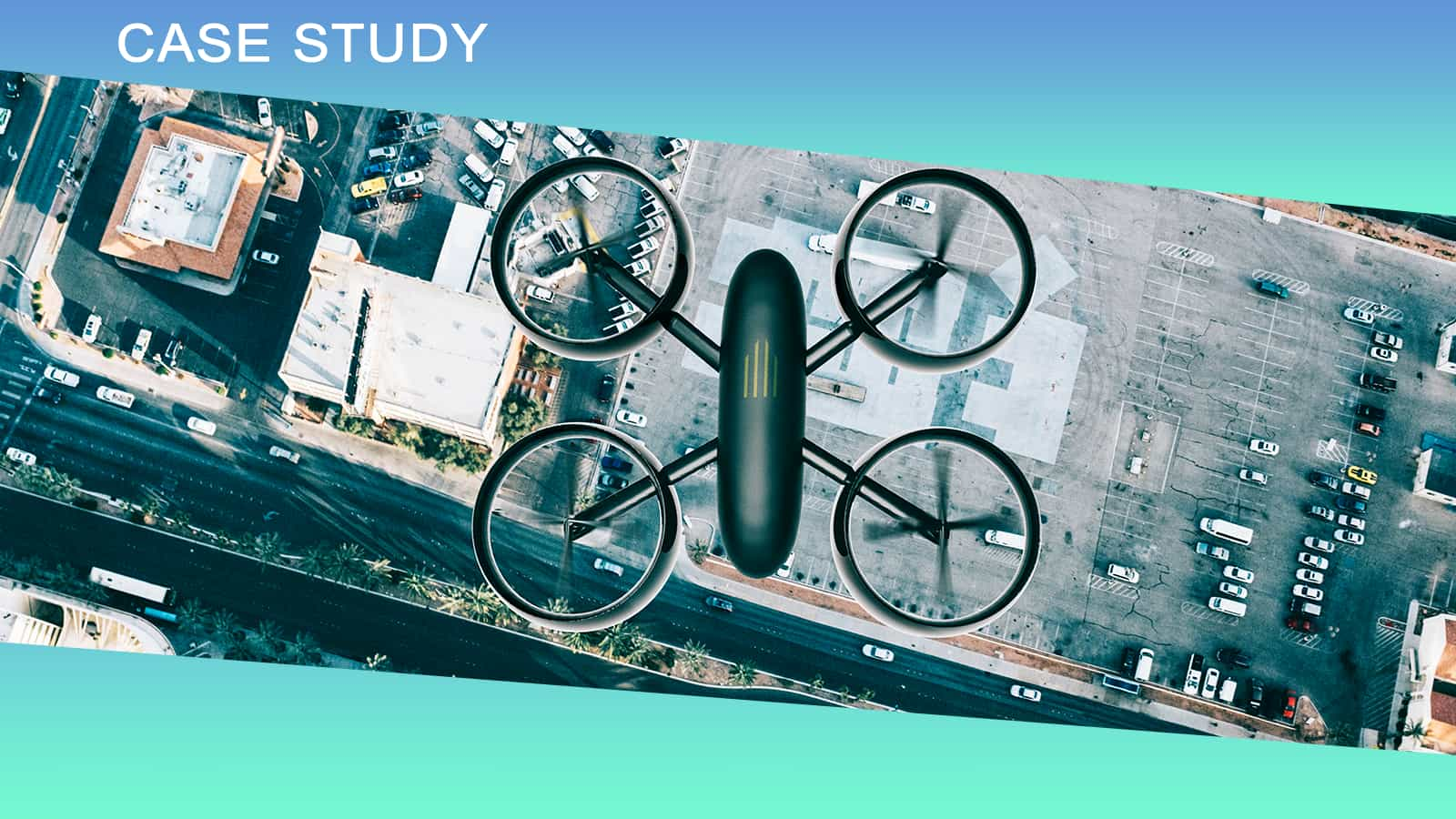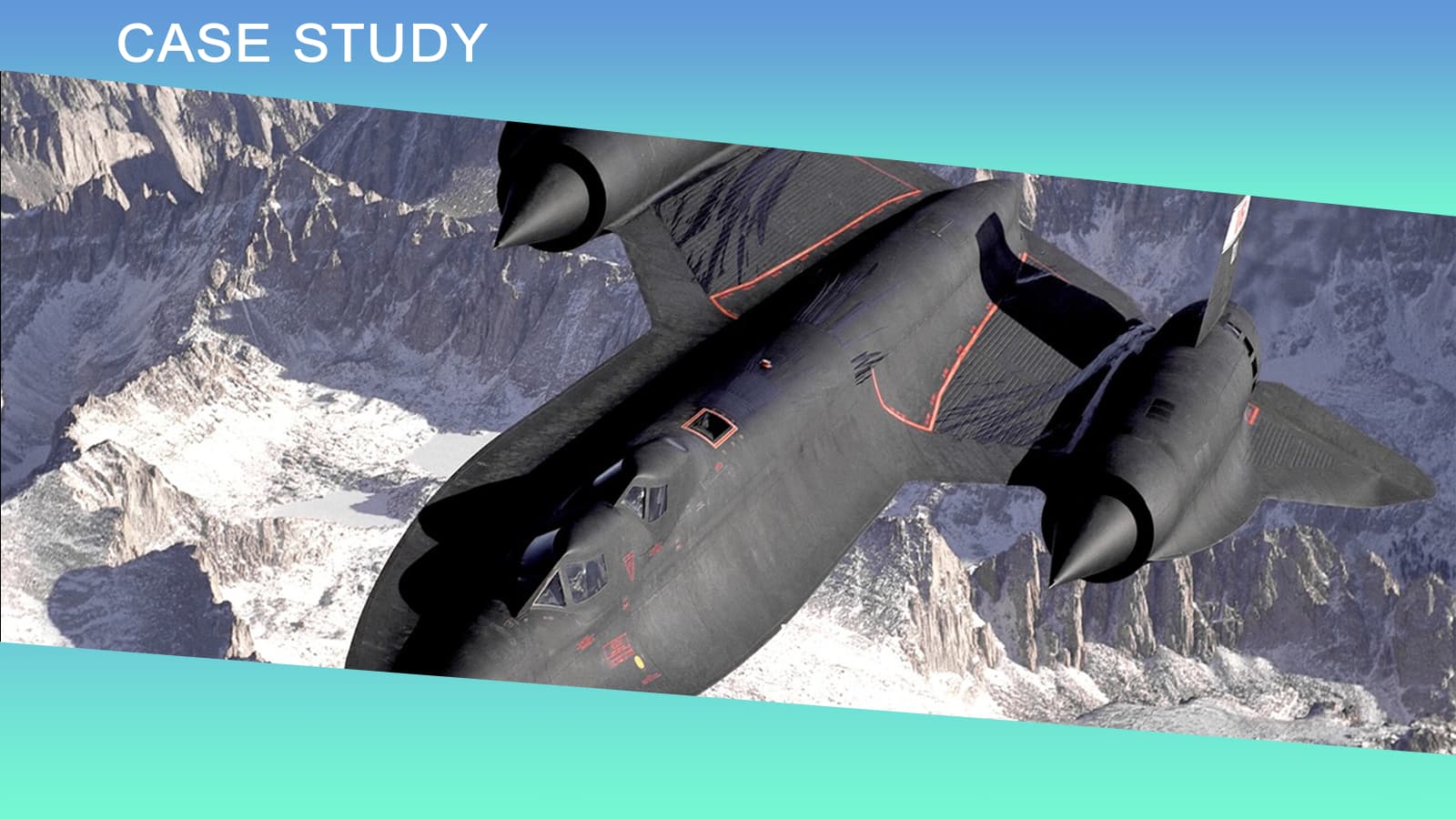How to choose a suitable inertial sensor
Mar 21, 2025
Key Points
Product: Tilt Angle Monitoring Sensors
Features:
- Monitors tilt angles for large outdoor advertisements, infrastructure, and construction.
- Enables real-time data transmission via GPRS for remote monitoring.
- Solar-powered for independent operation, reducing the need for external power sources.
- Provides high data credibility with minimal manpower required.
- Offers low cost, easy installation, and maintenance.
Applications:
- Outdoor Advertising: Monitors tilt of large billboards and signs to ensure optimal display angles.
- Infrastructure: Tracks tilt in bridges, buildings, and dams to detect any structural issues.
- Construction: Monitors the tilt of heavy machinery during operation for safety and performance evaluation.
Advantages:
- High precision and real-time monitoring of tilt angles.
- Reduces reliance on manual inspection and traditional methods of monitoring.
- Easy integration into existing monitoring systems.
- Low power consumption, environmentally-friendly design with solar-powered operation.
- Reliable operation in various environmental conditions, including temperature and humidity.
Inertial measurement unit (IMU) is an integrated sensor kit that combines multiple accelerometers and gyroscopes to perform three-dimensional measurements of specific force and angular velocity relative to an inertial reference frame. However, in recent years, IMU has become a general term used to describe various inertial systems, including attitude heading reference systems (AHRS) and INS. IMU itself does not provide any type of navigation solution (position, velocity, attitude) .
Normally, inertial sensors can be divided into the following three performance categories:
Marine-grade and Navigation-grade inertial navigation systems : Marine-grade inertial navigation systems are the highest level of commercial sensors used on ships, submarines, and occasionally on spacecraft. This system can provide a non assisted navigation solution with drift less than 1.8 km/day. The cost of these sensors is as high as $1 million. The performance of navigation grade inertial navigation systems is slightly lower than that of Marine-grade inertial navigation systems, and is usually used for commercial and military aircraft. Its drift is less than 1.5km/h, and its price is as high as $100000.
Tactical and industrial inertial sensors: Tactical and industrial grade sensors are the most diverse among these three types of sensors, capable of addressing various performance and cost situations, and their market opportunities are enormous. This category is used for many applications that require high-performance data to be obtained at a lower cost for mass production, commonly found in automatic lawnmowers, delivery robots, drones, agricultural robots, mobile industrial robots, and autonomous ships.
Consumer grade sensors: In the commercial market, these sensors are usually sold in the form of separate accelerometers or gyroscopes. Many companies have started combining multiple accelerometers and gyroscopes from different manufacturers to create independent IMU units
Choosing the appropriate inertial sensor (such as accelerometer, gyroscope, magnetometer, or combined IMU/AHRS) requires comprehensive consideration of multiple factors including application scenarios, performance parameters, environmental conditions, and costs.
1. Clarify application requirements
Dynamic range: Determine the maximum acceleration or angular velocity that the sensor needs to measure (for example, a high range gyroscope is required for high-speed maneuvering of a drone).
Accuracy requirements: High precision navigation (such as autonomous driving) requires sensors with low noise and low bias.
Update frequency: High frequency vibration monitoring requires a sampling rate of>1kHz, while conventional motion tracking may only require 100Hz.
Power consumption limit: Wearable devices require low power consumption (such as MEMS accelerometers with ± 10mg noise), while industrial devices can be relaxed.
Integration method: Do you need IMU (6-axis) or AHRS (with attitude calculation).
2. Key performance parameters
Accelerometer:
Range: ±2g (inclination measurement) to ±200g (impact detection).
Noise density: < 100μg/√ Hz (high precision) vs >500 μg/√Hz (low cost).
Bandwidth: It needs to cover the highest frequency of the signal (e.g. mechanical vibration may require >500Hz).
Gyroscope:
Zero bias stability: < 1°/h (fiber optic gyroscope) vs 10°/h (industrial MEMS) vs 1000 °/h (consumer grade).
Angle random walk (ARW): <0.1°/√h (tactical level) vs 5°/√h (consumer level).
Range: ±300°/s (conventional) to ±2000 °/s (high-speed rotation).
Magnetometer:
Sensitivity: 0.1μT/LSB (high-precision navigation) vs 0.5μT/LSB (universal).
Orthogonal error: <1° (reduces the influence of soft iron interference).
3. Environmental adaptability
Temperature range: Industrial grade (-40°C~85°C) vs Consumer grade (0° C~70°C).
Anti vibration/impact: For example, automotive electronics need to pass a 5g RMS vibration test.
Sealing: IP67/IP68 protection level (outdoor or humid environment).
4. Interface and power consumption
Digital interfaces: SPI/I2C (embedded systems), CAN (automotive), UART (simple communication).
Power supply voltage: 3.3V (low power consumption) vs 5V (industry standard).
Power consumption: < 1mA (battery device) vs unlimited (wired power supply).
Micro-Magic Inc is a high-tech company specializing in the production, manufacturing, and research and development of automotive grade and industrial grade inertial sensors. The company's inertial sensor include various series of products such as accelerometers, gyroscopes, magnetometers, inclinometers, IMUs, VRUs, AHRS, and INS+GNSS integrated navigation. Over the years, The company's products have been widely used in various application fields, including automotive, aerospace, marine vessels, industrial automation, and medical equipment. The company's products have the characteristics of high precision, low power consumption, small size, and high reliability, and are widely used in fields such as attitude control, navigation systems, motion tracking, and vibration analysis. At the same time, Micro-Magic Inc are also committed to providing customized solutions for customers to meet the specific needs of different industries
U6488
MEMS High Precision Digital Output IMU Sensor
U7000
High Precision MEMS IMU
U300-A
Digital Output High Performance MEMS IMU Sensor













 Network Supported
Network Supported